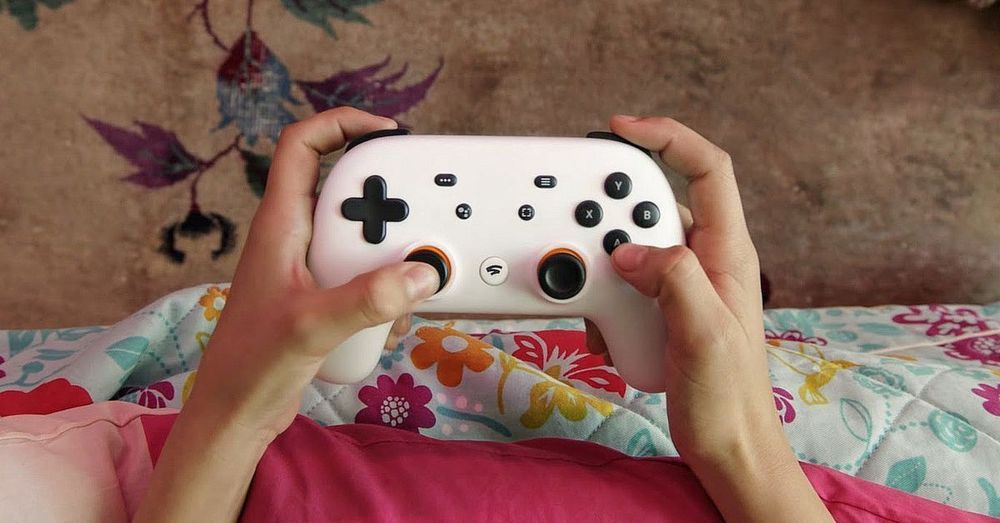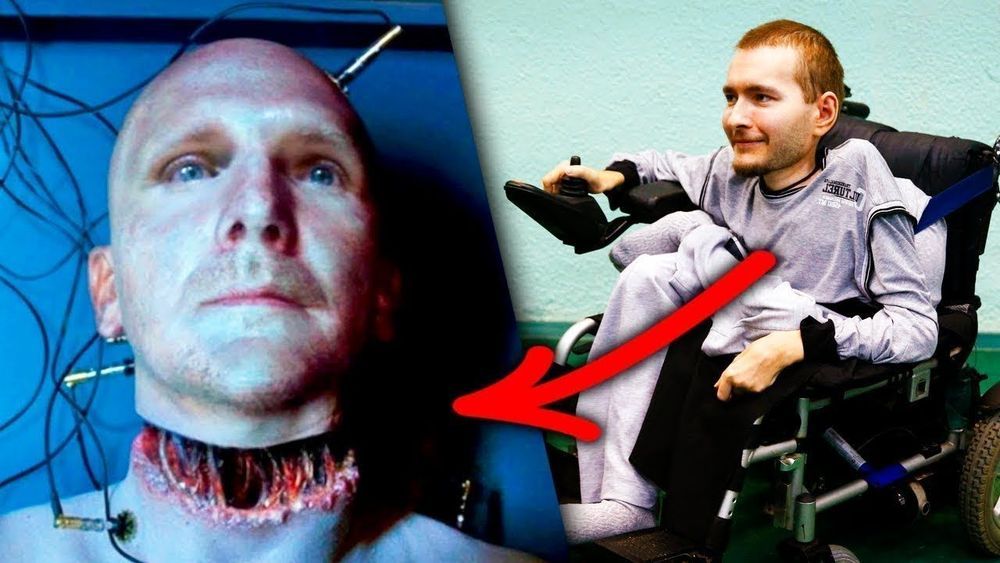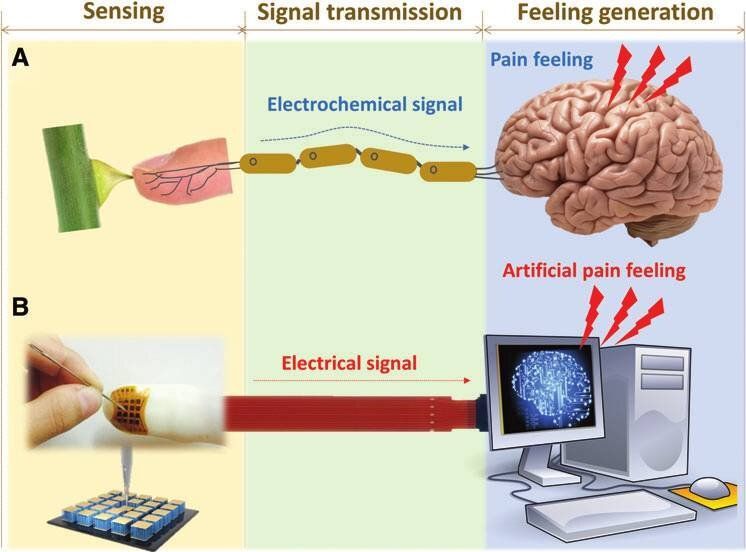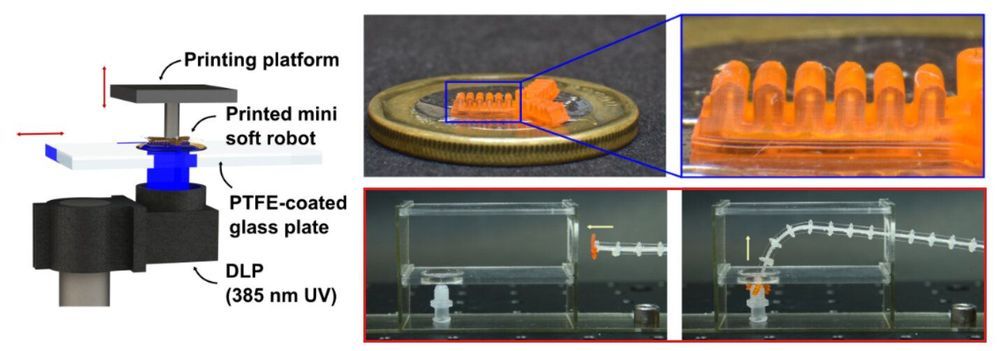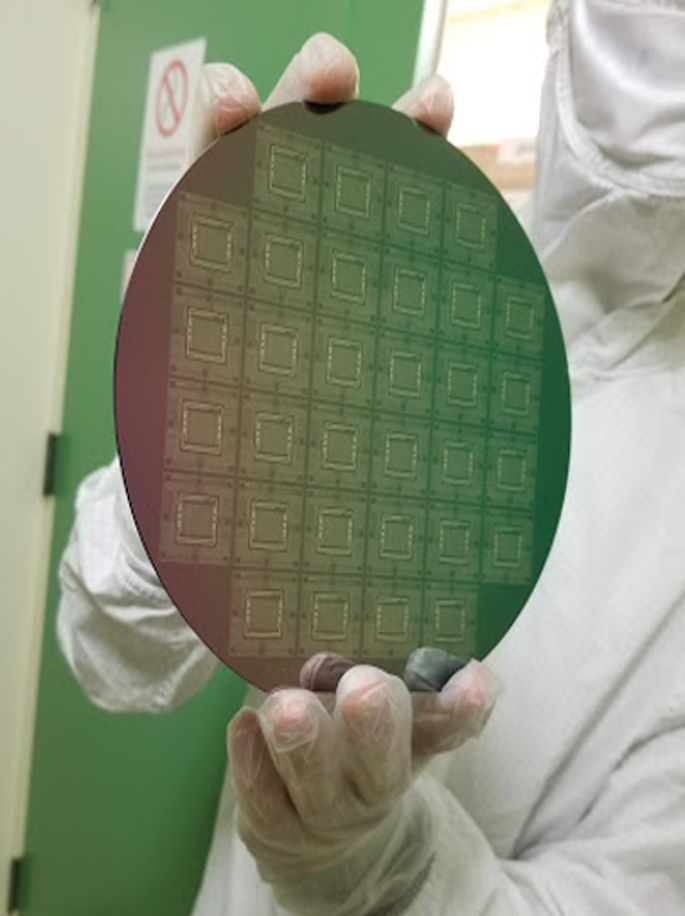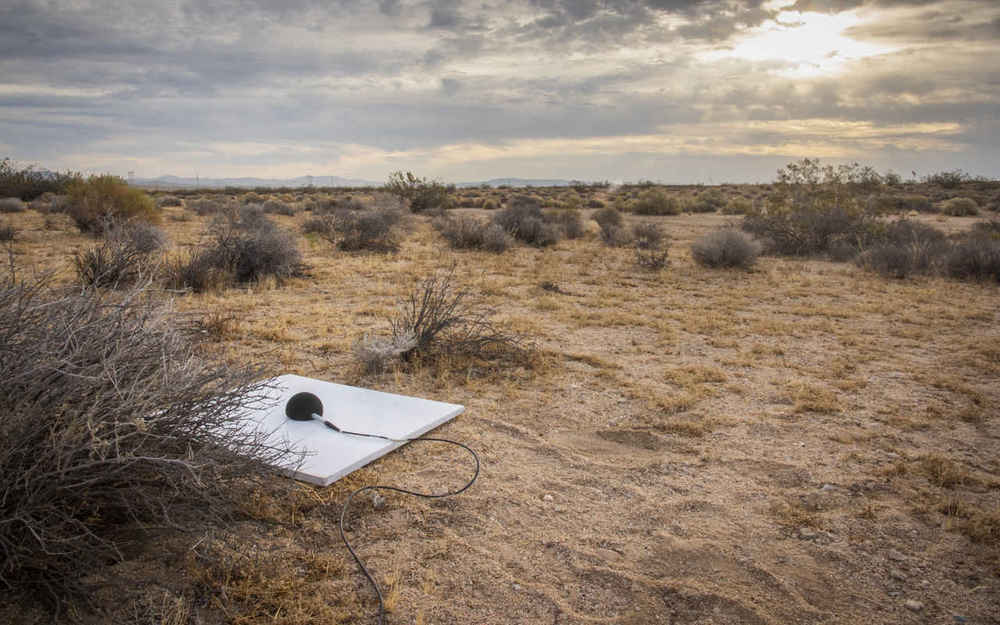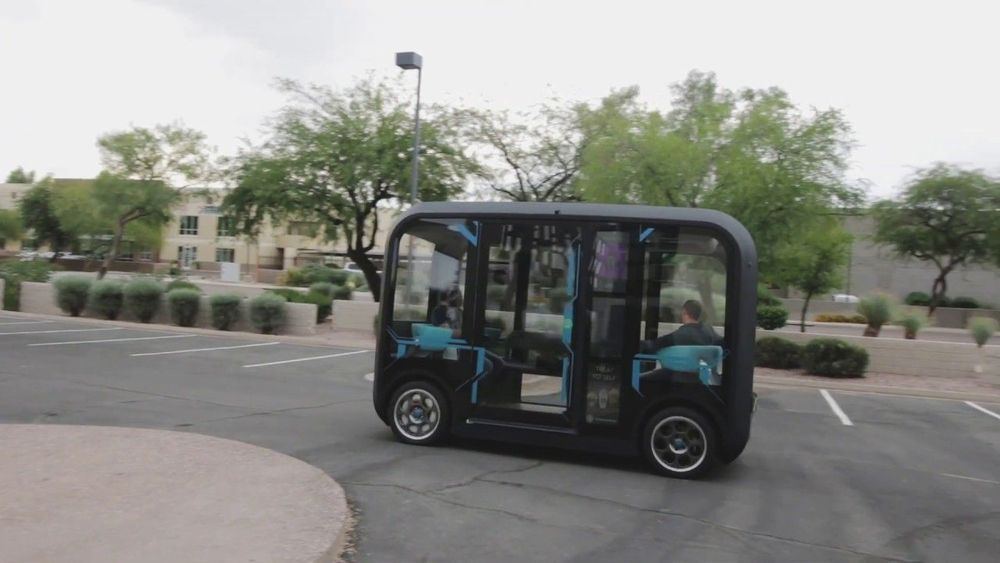This is a modal window. This modal can be closed by pressing the Escape key or activating the close button.
Today, Google has revealed the key details that were conspicuously missing from its March announcement of the new Stadia game streaming service. Namely, what the heck we’re going to be able to play, how much we’ll pay, and when we can get started with the exciting new service — which beams high-end console and PC games to any Chrome web browser, Chromecast Ultra TV dongle or Pixel 3 smartphone from beefy new Google servers.
The short version: Google Stadia will launch in November, in 14 different territories including the US, UK and Canada, with at least 31 games from 21 different publishers, for an initial “Founder’s Edition” price of $130 for a hardware starter kit with three months of premium service, and $10 a month afterwards. There’s a separate free tier coming in 2020.
Pre-orders for the “Founder’s Edition” are now open, and I’ll explain what it is in a tad, but there’s something important you should know first.
Ceres sample return mission should help solve the mystery of how Earth got so much water.
This is interesting because it has today type applications, but I wonder, what about a 3D printed body? Remember the movie Starship Troopers when they repaired that guy’s leg in the water tank thing? I’ve seen similar devices in other movies. Could be easier than removing the head completely and safer, when the ability to print human tissues is feasible.
GUYS HOPE YOU LIKE THE VIDEO PLEASE LIKE AND SUBSCRIBE TO MY CHANNEL AND HIT THE BELL ICON.
And if you have any question related to the video then please comment down below.
Professor Jae Eun Jang’s team in the Department of Information and Communication Engineering has developed electronic skin technology that can detect “prick” and “hot” pain sensations like humans. This research result has applications in the development of humanoid robots and prosthetic hands in the future.
Scientists are continuously performing research to imitate tactile, olfactory and palate senses, and tactile sensing is expected to be the next mimetic technology for various applications. Currently, most tactile sensor research is focused on physical mimetic technologies that measure the pressure used for a robot to grab an object, but psychosensory tactile research on mimicking human tactile sensory responses like those caused by soft, smooth or rough surfaces has a long way to go.
Professor Jae Eun Jang’s team has developed a tactile sensor that can feel pain and temperature like humans through a joint project with Professor Cheil Moon’s team in the Department of Brain and Cognitive Science, Professor Ji-woong Choi’s team in the Department of Information and Communication Engineering, and Professor Hongsoo Choi’s team in the Department of Robotics Engineering. Its key strengths are that it has simplified the sensor structure and can measure pressure and temperature at the same time. Furthermore, it can be applied on various tactile systems regardless of the measurement principle of the sensor.
Soft robots are a class of robotic systems made of compliant materials and capable of safely adapting to complex environments. They have seen rapid growth recently and come in a variety of designs spanning multiple length scales, from meters to submicrometers.
In particular, small soft robots at millimeter scale are of practical interest as they can be designed as a combination of miniature actuators simply driven by pneumatic pressure. They are also well suited for navigation in confined areas and manipulation of small objects.
However, scaling down soft pneumatic robots to millimeters results in finer features that are reduced by more than one order of magnitude. The design complexity of such robots demands great delicacy when they are fabricated with traditional processes such as molding and soft lithography. Although emerging 3D printing technologies like digital light processing (DLP) offer high theoretical resolutions, dealing with microscale voids and channels without causing clogging has still been challenging. Indeed, successful examples of 3D printing miniature soft pneumatic robots are rare.
Quiet supersonic jets may one day fly over land to offer faster commercial and passenger flights. Before that can happen, however, the FAA will need to establish new rules regarding these typically noisy flights. To help usher in that era, NASA plans to test Lockheed Martin’s X-59 QueSST, an experimental supersonic jet that produces a ‘thump’ instead of a ‘boom,’ something the space agency will verify using a microphone array that is 30 miles long.
From afar, Olli resembles many of the “future is now!” electric autonomous shuttles that have popped up in recent years.
The tall rectangular pod, with its wide-set headlights and expansive windows nestled between a rounded frame, gives the shuttle a friendly countenance that screams, ever so gently, “come along, take a ride.”
But Olli is different in almost every way, from how it’s produced to its origin story. And now, its maker, Local Motors, has given Olli an upgrade in hopes of accelerating the adoption of its autonomous shuttles.

